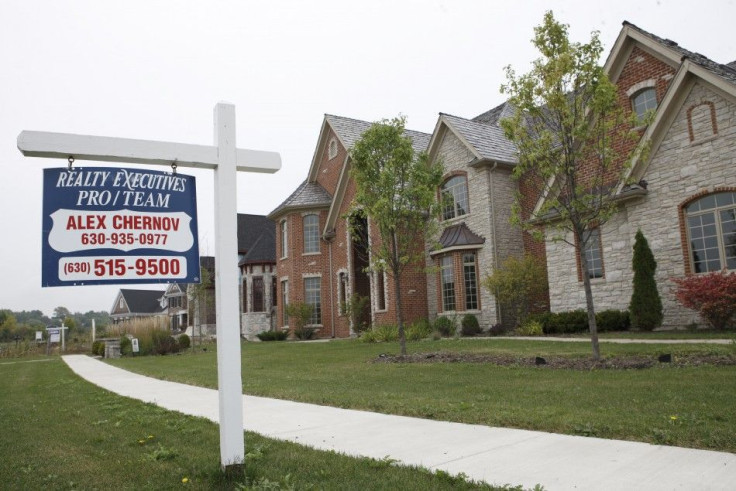US Home Prices Fall 1% in Dec: LPS

U.S. home prices fell 1 percent in December, a sharper decline compared to the previous month, Lender Processing Services Inc. (NYSE: LPS) said Wednesday.
The average national home price was $197,000 in December, down from $199,000 in November, Florida-based LPS said. December's decline was greater than November's 0.6 percent decline, and prices are estimated to fall another 1.2 percent in January to an average of $195,000.
It was the sixth straight month of price decreases, and the average value has fallen to September 2002 levels.
Weakness was widespread geographically, with prices falling in 402 of 411 metropolitcan statistical areas (MSAs) tracked by the index, and all property types had a uniform decline of 1 percent. Only 8 percent of the 14,500 U.S. ZIP codes tracked in the report had price increases.
Phoenix and Miami were two of the few cities that posted month-over-month price gains, while San Francisco, San Diego, Detroit, Chicago and Atlanta all had declines over 1.5 percent.
But since the economic crisis, some cities have seen price gains.
“Despite the broad picture of home price declines following the bubble, prices have not been consistently declining for all MSAs in the country. About one-fifth (89) of all the MSAs that LPS covers has seen average home prices increase since December 2008,” said Raj Dosaj, vice president of LPS Applied Analytics, in a statement.
Still, overall prices have plunged from the June 2007 average price of $282 million, and the total national market value has fallen 31 percent, from $10.8 trillion in the June 2006 peak to $7.5 trillion in December.
LPS said it would modify its home index next month to better account for short sales, which typically occur when banks sell a property at a steep discount instead of seeking foreclosure.
Following the real estate bubble, the proportion of short-sale transactions is much higher than historically observed, said Dosaj in a statement. Identifying and correctly accounting for short-sale price discounts produces an HPI that better represents non-distressed sales,
The LPS index covers around 75 percent of single family properties in the country.
Separately, LPS said Tuesday that U.S. home foreclosures increased by 28 percent in January, compared to the prior month, suggesting that a processing delay related to paperwork violations was clearing.
© Copyright IBTimes 2024. All rights reserved.











